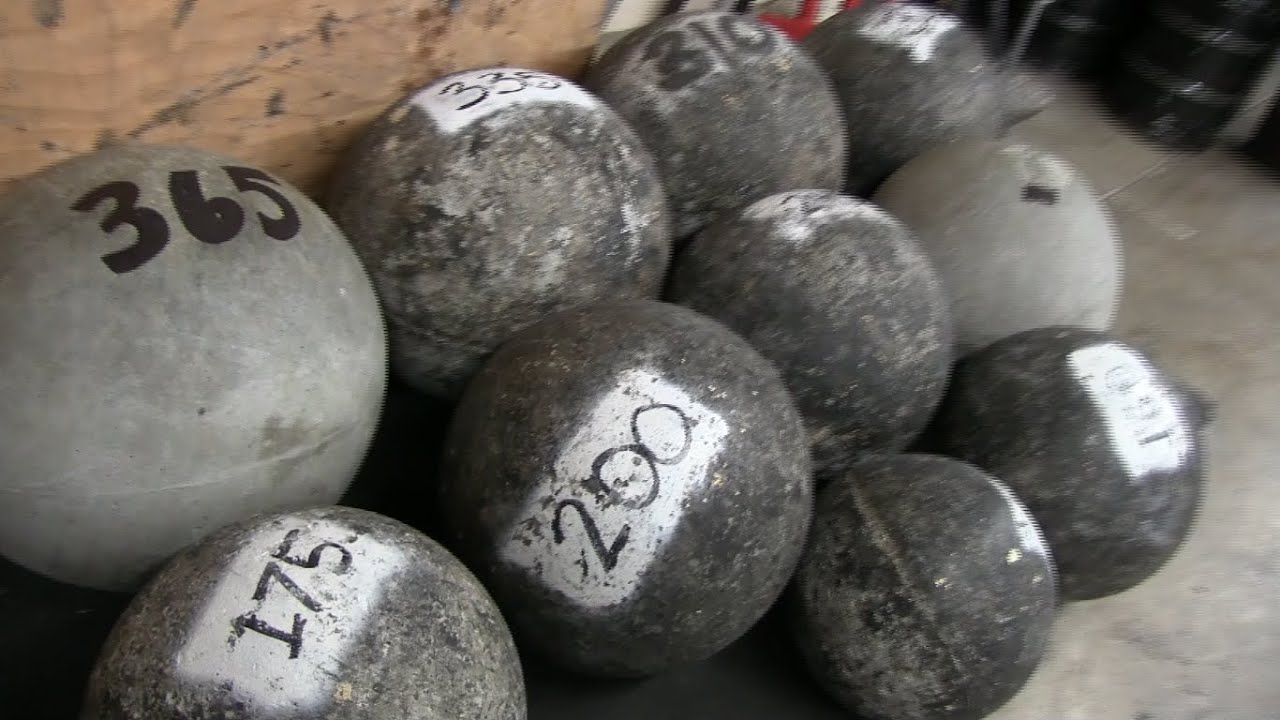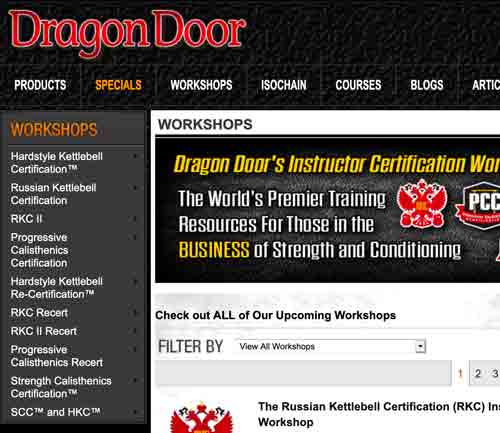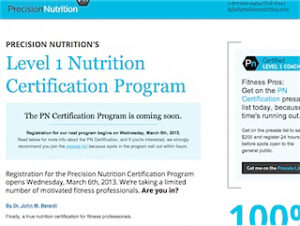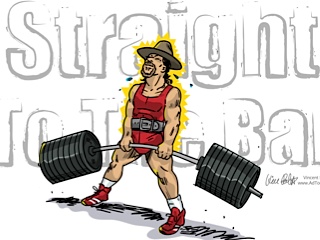It was a sunny day in Phoenix, and I was lucky enough to spend the morning working out with Josh Henkin. Best known for implementing sandbags and sandpacks into training, Henkin has always been quick to tell me that he’s not married to any one particular methodology.
Sure, sandbags, the TRX system, bands, etc. can be very helpful tools, but only when used appropriately to solve specific problems rather than trying to squeeze clients into a pre-existing ideology.
I asked Henkin to take a look at my deadlift, which is probably my best lift. It took me 16 weeks to get from 175 lbs. to 200, and I was convinced that my newfound 1RM wasn’t going to change any time soon. Twenty minutes with Henkin proved me wrong, and I walked out with a new 1RM: 220 lbs. But probably even more important (if you’re of the belief that anything’s more important than a PR), I walked away with a greater knowledge of my own muscle imbalances and movement patterns that need work, and some great ideas to help me get there.
Since these problems aren’t particularly uncommon, I thought I’d share some of what we worked on to activate my posterior chain – particularly the glutes and hamstrings, with an emphasis on proper hip extension.
The problem
I knew that I wasn’t using my body as a complete unit in my deadlift because my glutes were never ever sore, not even on 1RM days, but even a single (unweighted, partial) pistol would do the trick. And I’d been told by my training partner that I did in fact round my back a teeny bit when I got to the higher weights, and was not extending my hips all the way up top.
It’s worth noting that these patterns didn’t come out until I started putting real weight on the bar. This is particularly useful information for new coaches: watching someone lift an easy weight for them will not necessarily help you correct their form, so pay close attention when they are at or near their max or are slightly fatigued.
Here’s some of the exercises Josh and I used between sets to get my glutes and hamstrings activated and improve my hip movement. These obviously also work as stand-alone exercises, and could even be incorporated in a warmup.
1. Internally Rotated X-Band Walks
Just like a regular x-band walk, you step on a resistance band, twist it into an X-shape and walk sideways. But in this case, you make sure your feet are inverted – that is, your toes are facing each other. If connected, they would form a V. This activates the glutes as you do your penguin waddle sideways.
Josh Henkin’s explanation: “By internally rotating the feet you minimize the use of the dominant external rotators. This may sound contradictory, but you actually stimulate more of the stabilizers such as the gluteus medius. If the smaller muscles learn to fire better it will provide a better environment to have the prime movers more effectively perform their job.“
2. TRX Hip Bridge
Simply put your feet up on the TRX and use your core and hips to complete a series of bridges, holding position at the top.
“The TRX provides a few different functions“, Henkin explains. “For one, having the feet in the cradle allows the lifter to focus on “driving into the heels” which is a main cue for performing any bridging movement correctly. Secondly, we can slowly change the load by changing the body position on the height of the foot cradle.“
3. Sandbag reverse shoulder lunge.
This is when a sandbag is particularly useful – as an adjunct to a non-sandbag exercise (the deadlift, in this case), correcting muscle imbalances and creating a more complete, well-rounded athlete.
Put a sandbag on your left shoulder, and do a reverse lunge – moving the left leg back. Hold for a few seconds at the bottom. When you’ve finished your five reps (or however many you are doing), repeat on the other side.
“This movement allows for two different goals“, Henkin said. “The first by having an unbalanced load on the body it challenges the lifter to stabilize against rotation as well as move in the sagittal plane. Secondly, by actively pulling the hip forward during the reverse lunge this becomes a one legged lower body pulling movement which will have good carryover to bilateral pulling exercises.“
4. Sandbag squats
Just like the sandbag reverse lunges, you’ll have a sandbag on one shoulder. But this time we’re squatting with both legs. Hold for a few seconds at the bottom.
5. Extended bear hug squats.
As shown in the picture, you’ll be bear hugging a sandbag, using plyo boxes to stand on. “The idea is that more of the bag can drop towards the ground both acting as a dynamic stretch as well as increase work on the posterior chain“, Henkin explained.
Although I didn’t include these in the article, one-legged exercises (such as pistols) are also useful. Anyway, if your posterior chain is your weak link (or you have clients who you suspect would find this applicable), get strong on these moves and then retest your 1RM. Then post your results on the forums.
Thanks again to Josh Henkin for the photos (and workout!!!). Check out his website, henkinfitnesssystems.com.














0 Comments
Trackbacks/Pingbacks